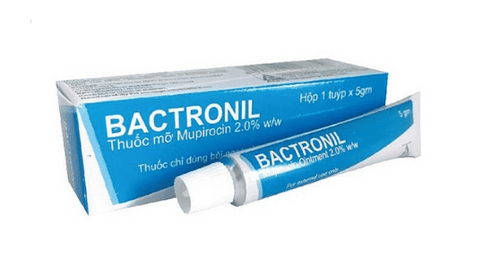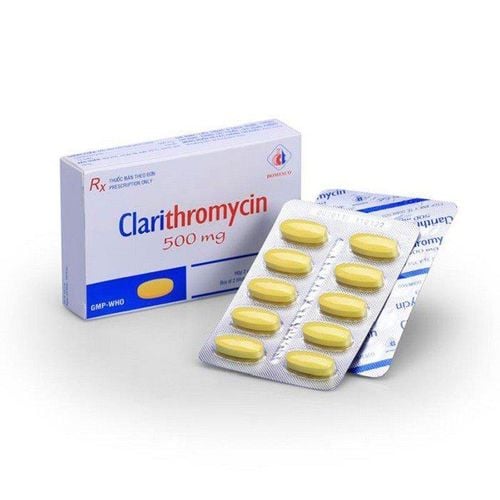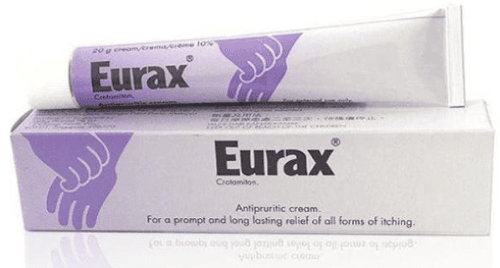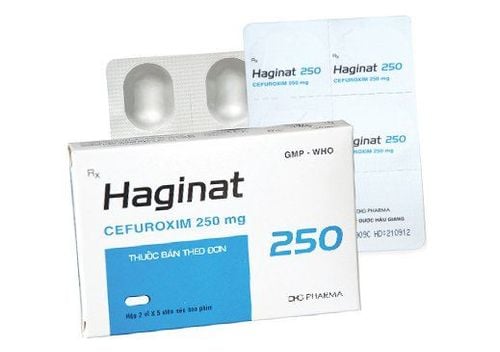This is an automatically translated article.
Children with head lice are common, especially in preschool and primary school age children. If you do not know how to kill lice in children effectively, lice will reproduce and spread very quickly, affecting the quality of life as well as the health of children in the future.
1. What do lice look like?
Head lice are very small creatures that live on the human head. They live and grow by sucking microscopic amounts of blood from the scalp; reproduce by laying eggs in the hair. Head lice are spread from person to person by close contact. Although not a vector of disease, blood-sucking lice cause itching, discomfort, and an increased risk of skin infections.
Adult lice have six legs and the size of a sesame seed. The color of head lice varies from beige to gray and can be significantly darker as they feed on blood. In general, lice often resemble the hair color they are parasitic on, so it is difficult to detect them with the naked eye. The most common areas to spot head lice are behind the ears and along the hairline at the nape of the neck.
Female lice can lay up to ten eggs per day. Lice eggs are oval in shape, the color is similar to the color of the host's hair, from white, yellow to brown.
2. What is the typical life cycle of hair lice?
Female lice, after laying, attach eggs to the hair with a glue-like, waterproof substance. This substance prevents eggs from being washed, combed or blown away as easily as dandruff or flakes on hair. Head lice usually lay eggs in the hair very close to the scalp (less than 1⁄4 inch distance from the scalp) because the eggs need heat from the scalp to hatch. Eggs from laying to hatching lice take 8-9 days. Once the eggs have hatched, the shells of the eggs remain attached to the hair shaft, moving away from the scalp as the hair grows, resulting in empty lice eggshells that are more commonly found in the hair further away from the scalp than raw eggs.
Newly hatched baby lice are called pupae. The pupae are no larger than nits and are usually light colored. In 9-12 days, the pupae will develop into adult lice, which can mate, the female lice can lay eggs and continue the cycle. An adult lice can live up to 30 days on a human head.
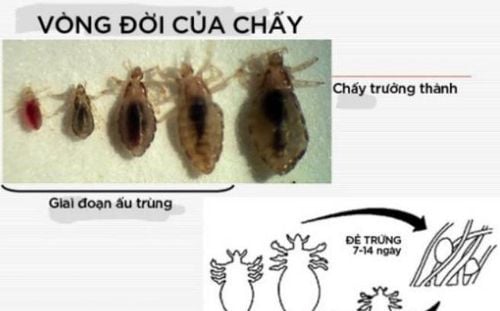
Vòng đời điển hình của chấy tóc
3. Why do children get lice?
Children with head lice can get it from a sibling or classmate who has lice. Head lice are crawling insects, they cannot jump or fly, but can crawl from head to head when people put their heads together like when hugging or lying on the same pillow. Children get head lice when female lice enter the head, they lay eggs and begin to reside in the scalp and hair.
Lice can live for about 1 day if left the area of the head. So in theory, a child can get lice if their hair comes into contact with items such as hats or combs that have been previously used by an infected person. However, this happens very rarely. A healthy head lice will rarely leave the head area of their home, unless they are allowed to crawl onto someone else's head. Lice found on hats or combs are usually injured or dead lice.
Children with head lice are most common in preschool and primary school children and young family members. Head lice are not caused by poor hygiene, they can live in dirty hair as well as clean hair. Some studies suggest that girls get lice more often than boys. This may be due to girls having more head-to-head contact and longer hair. Long hair will provide a lot of moisture and darkness, which is a favorable condition for lice to grow.
4. How to treat lice in children effectively
Although the condition of head lice does not affect health much, it will make children itchy, irritable, and uncomfortable. When children scratch their scalp a lot, it increases the risk of skin infections, impetigo, and eczema.Here are some ways to treat head lice in children you can apply:
4.1. Using over-the-counter baby lice products There are many over-the-counter lice products available in the market that come in many forms such as shampoos, creams, conditioners,... You need to read Instructions carefully before using for children. Gloves should be worn before application if there are scratches or open wounds on your hands. Use a towel to cover your child's eyes so that the medicine does not affect the eyes. Apply the medicine evenly from the roots to the ends of the hair. Depending on the product, it is possible to incubate the hair with the drug for a certain time and then wash it or wash it off immediately after application. You need to be careful not to use multiple lice products at the same time. Absolutely do not use lice treatment products for eyelashes and eyebrows.
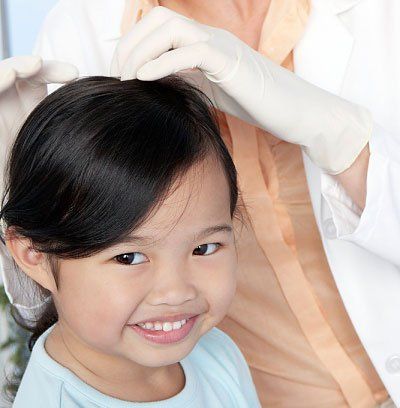
Sử dụng các sản phẩm trị chấy không kê đơn điều trị chấy ở trẻ em
4.2. How to kill lice in children with a lice comb You should choose a specialized metal lice comb with long, closely spaced comb teeth. Combing with a comb can be used in combination with lice treatment products or as a stand-alone remedy. To effectively treat baby lice with a comb, you need to wet your child's hair, apply conditioner evenly, then Then divide the hair into small sections, comb each section in turn. Clean up after each comb. Lice should be combed every day or every two days until no lice are detected for more than 2 weeks. Brushing for head lice is a method that requires a lot of time and perseverance, this method is suitable for mothers who are worried that the chemicals in lice products may affect their children.
4.3. How to treat head lice in children with natural products There are many ways to treat head lice in children empirically such as incubating the hair with alcohol, vinegar, olive oil, mineral oil, mayonnaise,... for a period of time and then washing it. clean. The advantage of these methods is safety, simple implementation. However, the effectiveness is not guaranteed because there are no confirmed studies.
Please follow the website: Vinmec.com regularly to update many other useful information.
Please dial HOTLINE for more information or register for an appointment HERE. Download MyVinmec app to make appointments faster and to manage your bookings easily.
Reference source: babycenter.com



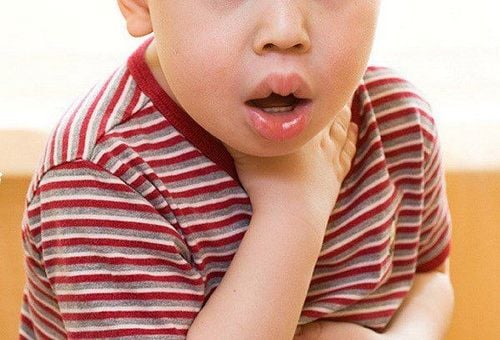
![[Vinmec - Q&A with experts] Number 02: Children's health in hot season (Part 3)](/static/uploads/small_20190723_083510_991723_Tre_em_max_1800x1800_jpg_64b0210846.jpg)
